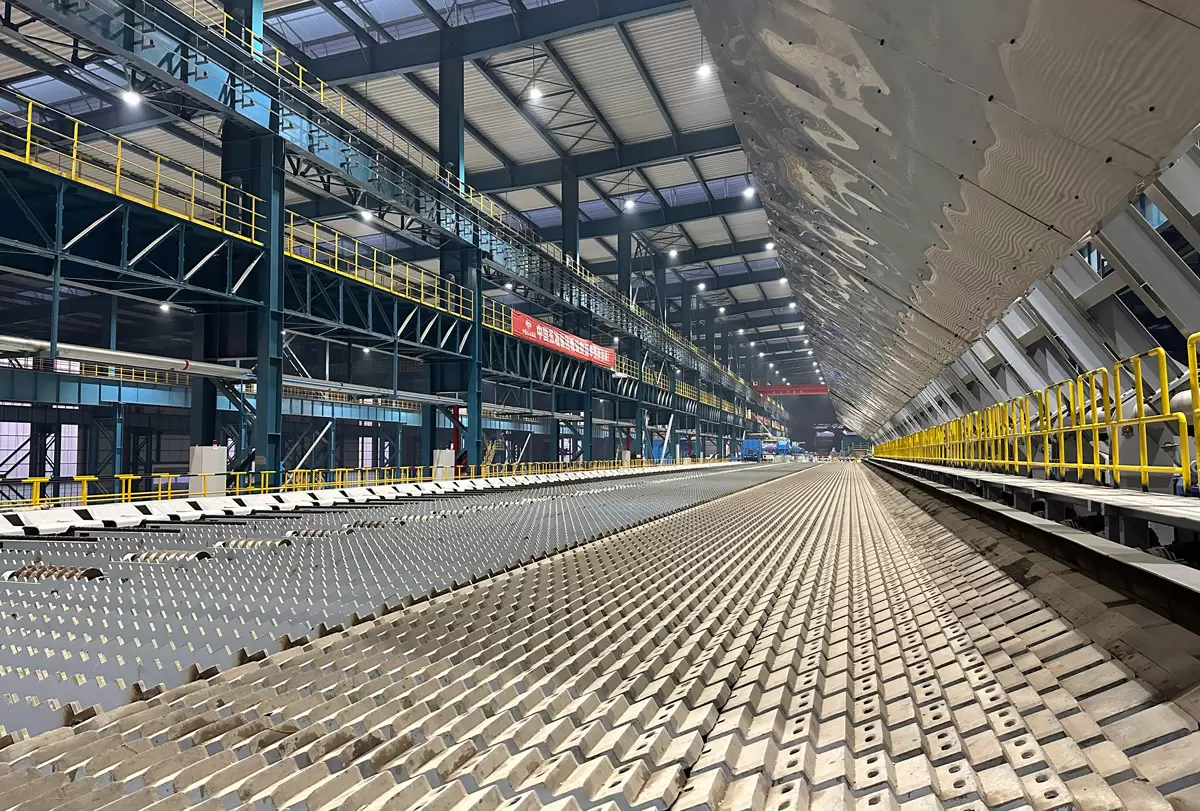Convenience stores have become an integral part of our daily lives. They offer a wide range of products, from snacks and drinks to household items and personal care products. But have you ever wondered how these stores get their products? In this article, we will explore the various ways convenience stores source their products and the challenges they face in doing so.
- Direct from Manufacturers
One of the most common ways convenience stores get their products is by buying directly from manufacturers. This allows them to get products at a lower cost and ensures that they are getting the latest products. However, this method requires a lot of negotiation and coordination with the manufacturers, which can be time-consuming and challenging.
- Through Distributors
Another way convenience stores get their products is through distributors. Distributors act as intermediaries between manufacturers and retailers, and they help to streamline the supply chain. This method is more convenient for convenience stores as they can order products in bulk and get them delivered directly to their stores. However, it can be more expensive than buying directly from manufacturers.
- Online Marketplaces
With the rise of e-commerce, many convenience stores are now sourcing their products from online marketplaces such as Amazon and Alibaba. This allows them to access a wider range of products and get them at a lower cost. However, this method requires a lot of research and due diligence to ensure that the products are of good quality and meet the store's standards.
- Local Suppliers
Some convenience stores prefer to source their products from local suppliers. This allows them to support local businesses and offer unique products that are not available in other stores. However, this method can be more expensive and requires a lot of coordination with the suppliers.
Challenges Faced by Convenience Stores in Sourcing Products
Sourcing products for convenience stores can be challenging due to various factors such as:
- Limited Storage Space
Convenience stores have limited storage space, which means they cannot order products in bulk. This can make it challenging to negotiate with manufacturers and distributors for better prices.
- Fluctuating Demand
The demand for products in convenience stores can fluctuate rapidly, making it challenging to manage inventory levels. This can result in overstocking or understocking of products, which can lead to losses.
- Competition
Convenience stores face stiff competition from other retailers such as supermarkets and online stores. This means they need to offer unique products and competitive prices to attract customers.
- Supply Chain Disruptions
Supply chain disruptions such as natural disasters, transportation strikes, and pandemics can affect the availability of products in convenience stores. This can lead to lost sales and dissatisfied customers.
Conclusion
In conclusion, convenience stores source their products through various channels such as direct from manufacturers, through distributors, online marketplaces, and local suppliers. Each method has its advantages and challenges, and convenience stores need to choose the most suitable method based on their needs and budget. Additionally, they need to overcome various challenges such as limited storage space, fluctuating demand, competition, and supply chain disruptions to ensure a steady supply of products to their customers.




More Stories
shoe covering the potential risks and preventive measures of excessive machine load
The Rise of Eco-Friendly Tobacco: Trends Shaping the Industry
美食